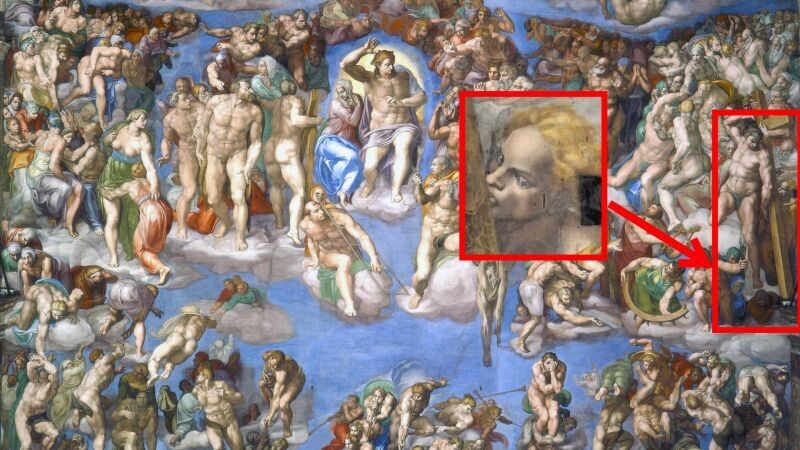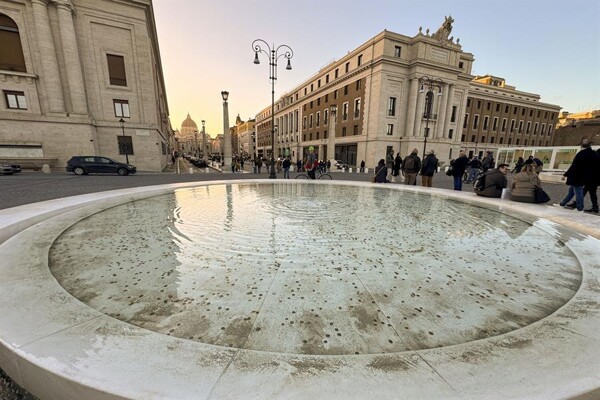
The researcher specialized in Renaissance art, Sara Penco, made a significant discovery in the Sistine Chapel of the Vatican. According to Penco, on the ceiling of the chapel, in a fresco created by Michelangelo Buonarroti nearly five centuries ago, there is a hidden figure representing Mary Magdalene, one of the most devoted followers of Christ mentioned in the Bible.
Penco described Mary Magdalene in the painting as a figure with blonde hair kissing the cross, symbolizing her connection to the crucifixion and resurrection of Jesus. The researcher emphasized the context in which Michelangelo placed this figure to highlight its importance. In Penco's words at a press conference in Rome, the representation of Mary Magdalene in the fresco, with her intimacy with the cross, yellow dress, and blonde hair, reveals details that underscore her relevance.
In her analysis, Penco also pointed out that the muscular figure holding the cross in the painting is actually Jesus and not Simon of Cyrene, as was previously believed. According to her theory, the presence of Mary Magdalene and the dual representation of Jesus in the work are key elements that emphasize the theological importance of Michelangelo's fresco.
The figure of Mary Magdalene is located to the right of the fresco, kissing the wood, while another representation of Jesus appears in the center of the painting surrounded by saints and in the presence of the Virgin Mary. The similarity in the arm posture and the light-colored strands of hair between the figures indicates, according to Penco, that both represent the same divinity.
The author of the theory, Professor Yvonne Dohna Schlobitten from the Gregorian University of Rome, highlights the importance of the figure of Mary Magdalene in the fresco, even though she appears peripherally in the image. For Penco, the discovery of this representation of Mary Magdalene in the Sistine Chapel provides a new perspective on the interpretation of Michelangelo's iconic work.













